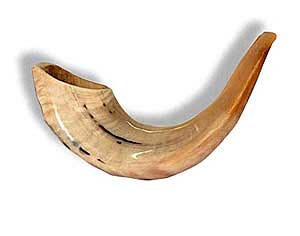The Jewish Tishrei festivals
The Hebrew month of Tishrei is the busiest time of the year in the Jewish calendar, containing 5 major festivals. It falls around September/October each year. The first day of Tishrei starts the Jewish New Year (Rosh HaShanah), and also starts the Ten Days of Penitence’ which culminates with Yom Kippur, a twenty-five hour complete fast, most of which is traditionally spent in prayer in synagogue. 

This powerful and reflective period then transitions into one of the three key harvest festivals, Sukkot, five days later. Each family traditionally builds a little booth – sukkah (the plural is Sukkot from where the festival gets its name) – we are supposed to commence building the sukkah before we even break the Yom Kippur fast! We try to live, eat or at least sit in the sukkah. We may hold our Shabbat and Festival services in the synagogue sukkah. The sukkah reminds us of our frail existence – how dependent we are on the harvest and the weather which is required to make the crops grow. The sukkah, which is decorated with branches and fruit and needs to allow the sky or stars to be seen through the roof, ultimately reminds us of our reliance on God’s protection. The pictures show the Keren-Black family sukkah in use, and then, after a strong gust of wind collapsed it on our heads – demonstrating its frailty!

It seems particularly appropriate that in 2011 (the New Jewish year of 5772), the Carbon emissions legislation was passed at Sukkot time. The festival reminds us not only of our reliance on the weather for harvests, but therefore on what can happen when the weather patterns change – and our human responsibility to change our behavior to work with God’s creation, not against it!
The seven day festival of Sukkot is followed by Shmini Atzeret, the Eighth Day of Solemn Assembly, another festive day. All the festivals mentioned thus far are found in the Torah. The Rabbis have subsequently added one more. It became the tradition to read through the Torah in a one year cycle, and so we celebrate the completion of the reading (from Deuteronomy) and the immediate recommencement (from Genesis). We say that there is no time in Jewish life without Torah’. We celebrate the completion and restarting with dancing and singing and prayer – this is called Simchat Torah – the Rejoicing of the Torah.
This concludes our busy month of Tishrei and the weeks start to settle back into their regular pattern!
Rabbi Jonathan Keren-Black, Leo Baeck Centre